On my 40th birthday, I was able to realize my big dream, which I was thinking about nearly all my life – seeing one of the world’s biggest metropolises – Tokyo.
Planning my trip to Japan
The way to Japan was really long. The flight from Europe would last 11 hours, but preparations for my journey took weeks. I had heard that moving around Japan in an electric wheelchair like mine (weighing 150 kg or ~330 lbs.) would be really hard. I was scared that I wouldn’t able to use the trains. But I planned to use only public transportation in Japan because of the cheapest price. So my feelings were mixed and I began looking a lot of information about adaptations for disabled people in Japan’s public transport.
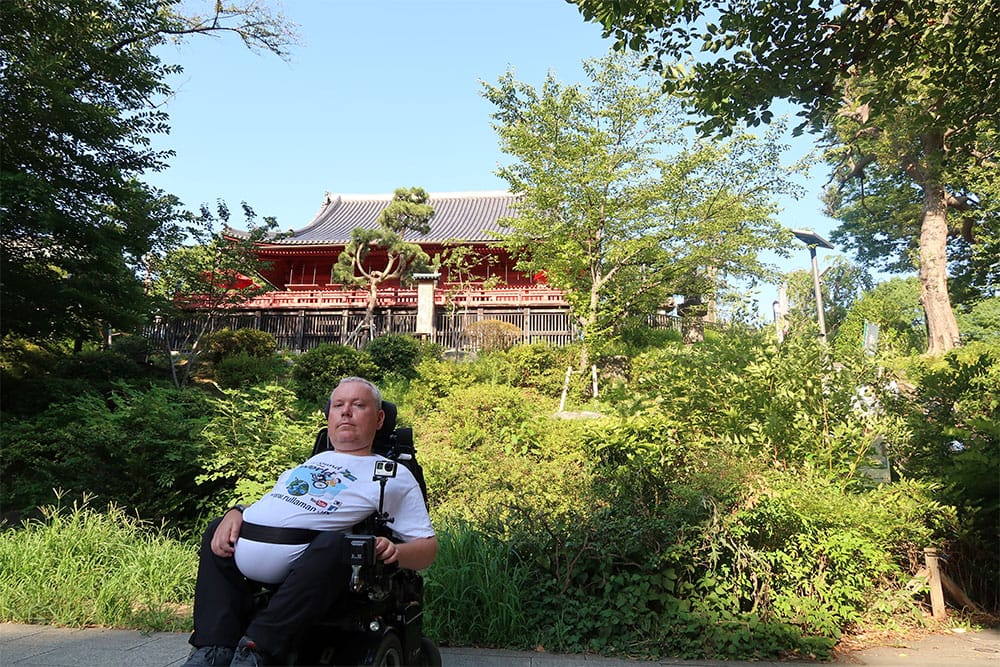
When I booked accommodation on booking.com and when I wrote requests for wheelchair accessible hotel rooms in Japan, I received a reply and information from two different hotels. I was happy that I had some answers. Rooms in Japan are really small and tight. Their standards are different than European. And e-mails from those hotels confirmed this:
“I’m sorry but we haven’t got rooms for disabled people. You will not able to moving here on wheelchair.”
Finding an adapted room in Tokyo, at a good price and close to underground was really hard. I had to pay a little more money for a bigger apartment. Small, tiny rooms that are not accessible for disabled people and big electric wheelchairs is the norm in Japan and problematic for me. It is worth to ask, when you booking your hotel, if room is adapted for disabled and to what extent. A lot of hotels in Japan don’t have any possibility to accommodate guests who use electric wheelchairs.
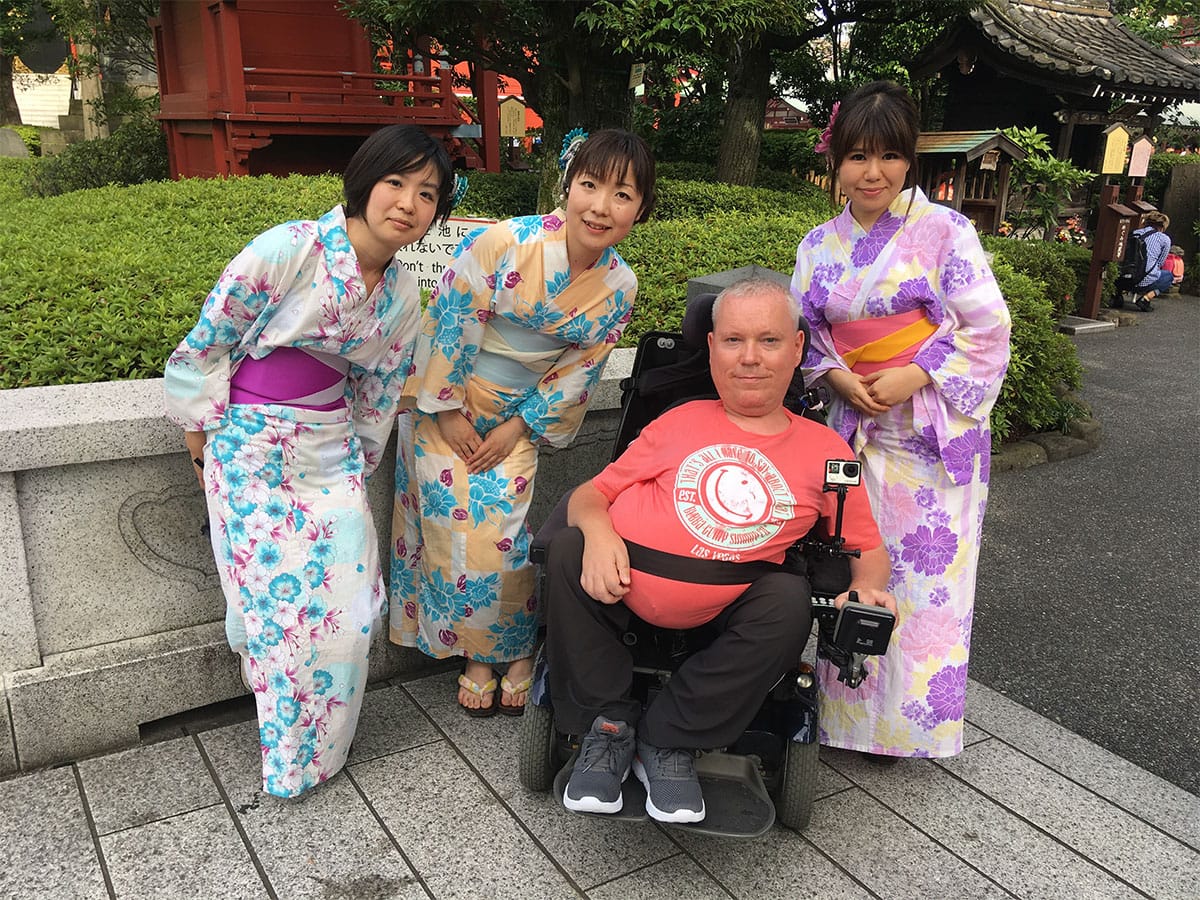
When I was looking for information about accessibility for wheelchair users in Japan, I found two useful websites: http://www.japan-accessible.com and https://www.accessible-japan.com. There, I found out knowledge about underground and trains. There are a lot of essential and important information for disabled people and about tourist attraction adaptation too. Moreover I used Google maps as usual.
I watched a lot of videos about Japan on YouTube. I found one Japanese girl who is moving on wheelchair and she makes similar videos to my own. A lot of vlogs on the Internet are in Japanese language, but I was able to get the most important information from them. I contacted this girl, but we couldn’t meet face-to-face as we were unable to find good dates. My visit in Japan was really short.
Everything is prepared – set, go!
At the airport everything was fluently. I was on my wheelchair really quickly, the service was efficient. I had a visa in my passport truly fast and… and we stayed there alone among Japanese subtitles and misunderstood conversations which we heard.
Strangely enough, in the first train (called SkyLiner) everything was easy and after fifty minutes we were in Tokyo on Ueno Station. There it was harder. The station was a huge place and we had problems getting to the underground. Corridors and tunnels make some kind of net and there were stairs! Before the journey I had checked information about this station and everything was OK – platforms and trains adapted and comfortable for disabled.
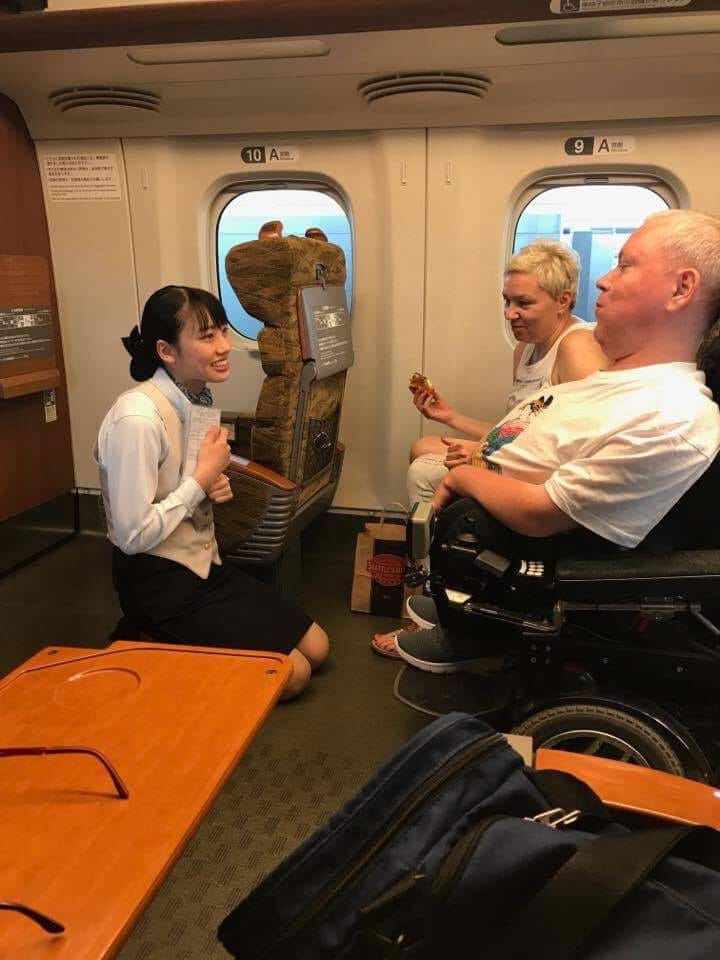
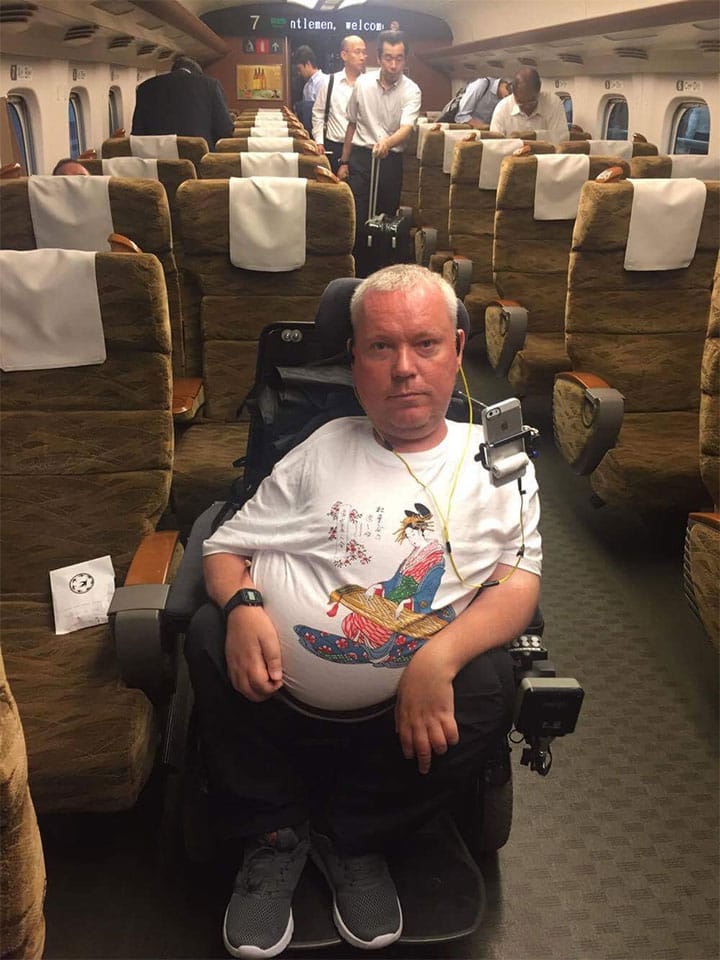
I asked staff for help and they started to explain me in English and in Japanese. They gave me maps of this huge and multilevel Ueno Station. Everything was confirmed – my underground line have a lift. But how can I get here if I have the stairs in tunnel? We were looking for answer almost two hour. Answer was very easy – I had to go out, went to the other side of street and take the lift to the subway platform. Easy?
I had a lot of situations like that. I can write them down but I would have to write an entire book. I want to inform other wheelchair travelers that in Japan you must have eyes in the back of your head if you want to find lifts. Usually, the information I found about the accessibility of stations was true. But sometimes the lifts were hidden, for example in shopping mall. We had to search for a lot of the entrances and exits. But we were better and faster with every day. And after few days we knew a lot of the stations well, making moving about the underground easier and easier.
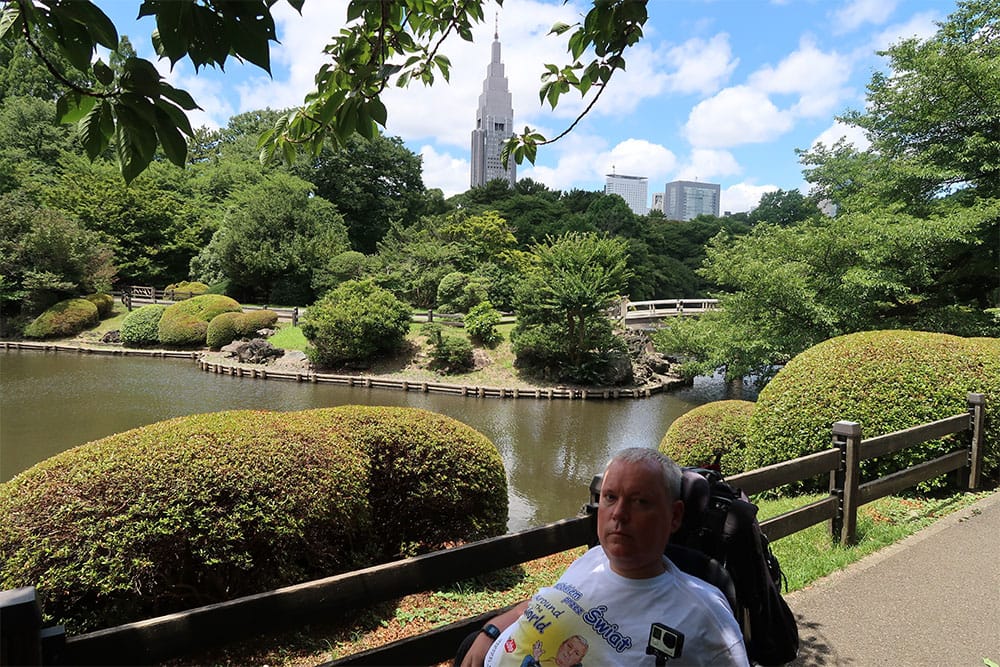
It is important to know – at many stations I couldn’t drive to the train without a small ramp. I could defeat the gap between the train and the platform. You can ask metro service about ramps and they will provide one. And now we come to the final point of travelling in Japan. When you enter to the underground, you must ask staff for help immediately and tell them where is your last point (even if you have changeover you must tell them where you’re going)… Why?
Japanese people are really careful, strict and responsible and I think that I will tell you about this many times. Staff guide the disabled person carefully to train. And in the next station there was person with small ramp who guided me to succeeding train (if it was change) or to a proper exit when we told where we wanted to go. The same situations are where you travel by train, tram or ferry because I travelled by those kinds of transport as well. Summarizing, the transport staff in Japan are really great and they conscientiously perform their duties. There is sometimes only one problem – language barrier. Very few people can speak English.
Exploring Tokyo
A lot of beautiful and interesting places weren’t available; there are a lot of stairs. But that doesn’t mean that I didn’t see anything amazing. I saw a lot of beautiful places. In Tokyo the most comfortable restaurants are in shopping malls and in multi-storey buildings with lifts where on every floor is another bar. Otherwise, restaurants next to the main streets mostly are available for disabled – in contrast of those in small streets and alleys, which are not usually accessible.

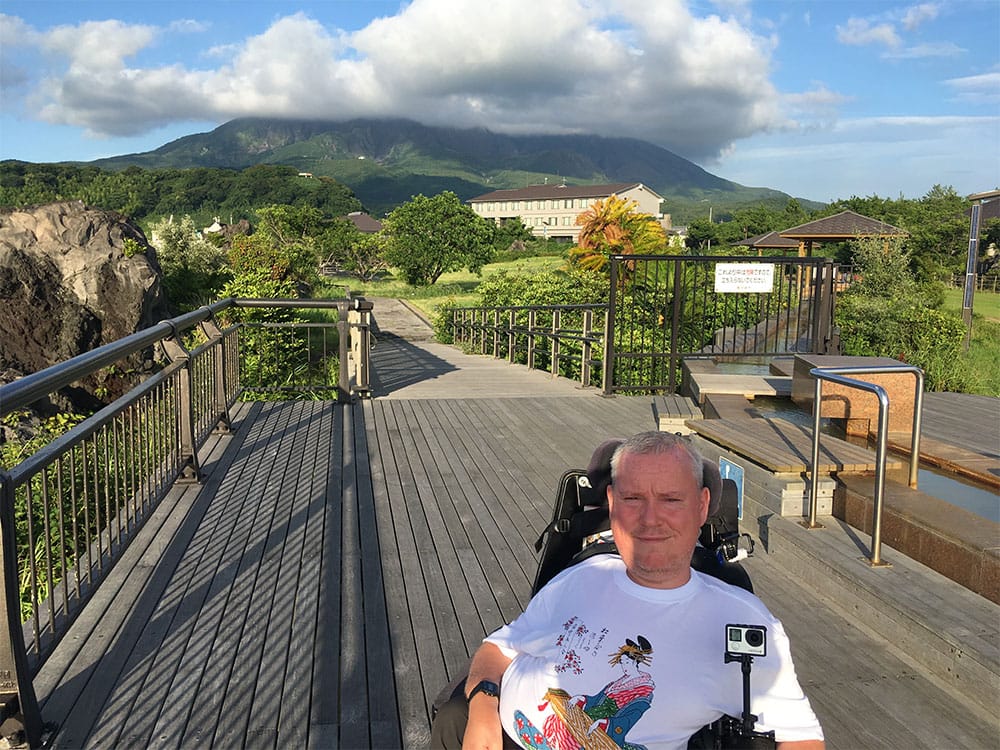
From the economical point of view, the best shops in Tokyo are 7eleven – there are many, but some are small and tiny. You can buy prepared food, or use a provided microwave to warm up frozen foods. I sincerely recommend 7eleven, and a lot of products are really tasty. Comparing this kind of food in Europe, this one was aesthetic. These meals look great and taste is good.
Now I can tell you something about toilets. In Tokyo they are really clean and high-quality – I haven’t met better toilets in any city in Europe or in the USA. Personally, I used the ones in train stations, gas stations and in shopping malls – of course, the last ones are dozens in Tokyo. Every time in that places were special, bigger and really well equipped for disabled people.
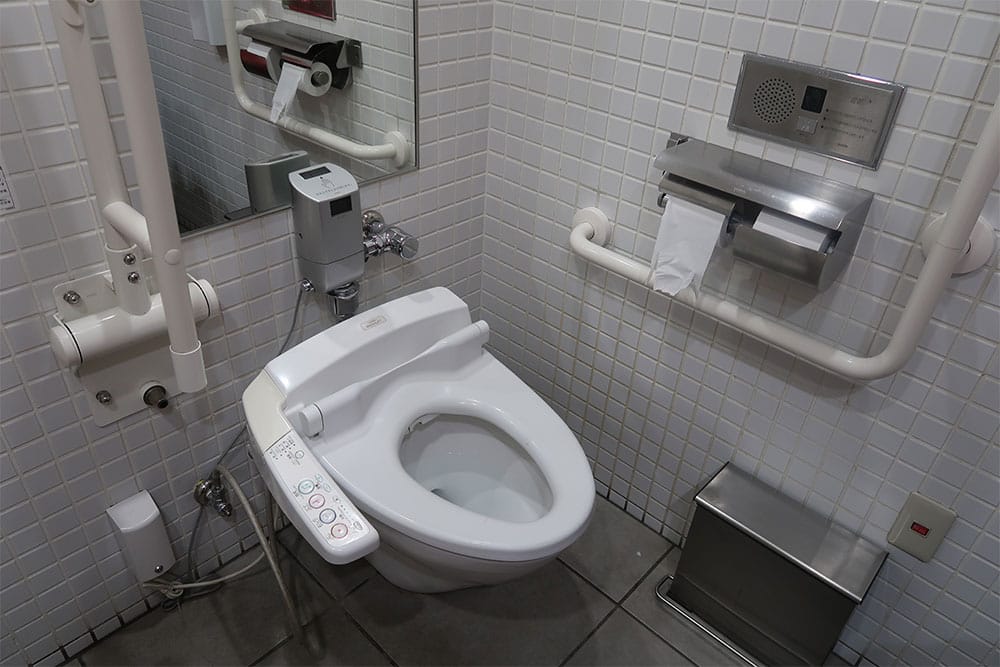
Normally there was heated toilet seat, toilets with a lot of functions (washing, drying and music). The control panels left a really big impression. Toilets are very clean with few sinks, disinfectants and small bed if somebody need changing clothes. Against the background of other big cities like Paris, Rome or New York (where I had to search for special accessible bathrooms) – Tokyo is perfect. Summarizing, you don’t need to be afraid of finding a toilet suited for disabled people in Japan.
Understanding Japanese Culture
In only few words – Japanese people are very cultural, reliable and introverted. Streets are clean and safe. You could leave your bags anywhere you want and I don’t think that anyone would steal your stuff. The Japanese people respect everything that is surrounding them. You can see this in the way they treat their currency – they keep their bank notes straight in their wallets, making it look like they have just come from a printing house. I didn’t see anyone who had stuffed money into their pockets.
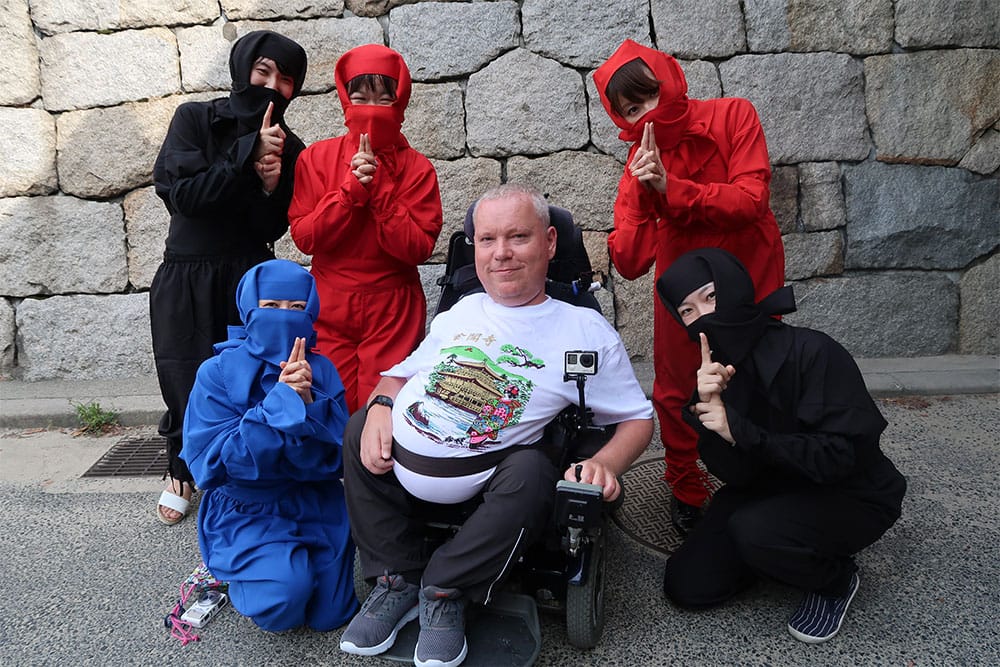
If you ask someone for help, they will always agree.
Unfortunately, I noticed a reluctance to making eye contact. No one smiled at me. They respect privacy and they don’t interact with other people on street. Personally, I felt like they were afraid of me. In Japan, disability is sometimes still considered to be a disgrace in the family – this is sad. But I know that things are changing quickly and the society is doing a lot of things for disabled – this is a great hope.
Summarizing, visiting Japan in a wheelchair is possible and you needn’t be afraid of anything.
If would like to contact Zibi, you can reach him by e-mail at zibi@malmo24.net. Be sure to check-out his website at www.rullaman.net.
















